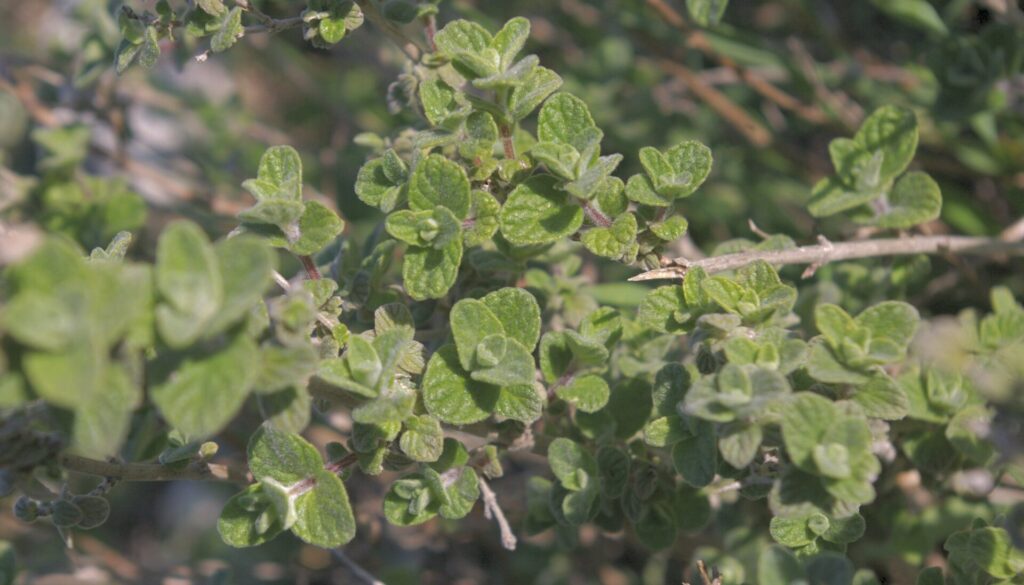The Oreganum genus includes a large number of perennial herbs and shrubs native to western Asia and the Mediterranean. The most common species are familiar culinary herbs, including O. vulgare and its cultivars, O. majoranum, O. heracleoticum, and others. Oregano is a signature flavor of many Italian, Mexican, and Spanish dishes. It is a hardy perennial plant that is easy to grow in the home garden or in pots. Oregano leaves are oval, dark green, and positioned in opposite pairs along the stems. Some varieties have fuzzy leaves, others not. Oregano starts as a ground-hugging rosette of leaves, but it can easily grow to about 2 feet (60 cm) tall. A handful of plants will provide you with enough oregano to use fresh in season and to dry for use throughout the rest of the year.
Here are some common oregano varieties to consider:
Oregano vulgare (common oregano, wild marjoram, pot marjoram): Marjoram is a type of oregano with a less pungent, sweeter taste, often used in French and English cooking. There are many cultivars of O. vulgare, generally named for their unique tastes.
Origanum vulgare ‘Aureum’ (golden oregano): This oregano has lighter colored leaves and a milder oregano flavor. It is more popular as an ornamental plant than as a cooking herb.
Oregano heracleoticum (Greek oregano): The variety usually used in Mediterranean cooking, this is the type most people associate with oregano flavor. Oregano onites is also sometimes listed as Greek oregano.
Lippia graveolens (Mexican oregano): Although not in the oregano family, this plant is called Mexican oregano and is used in chili powders.






